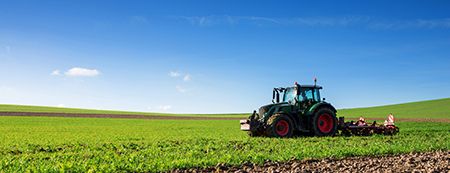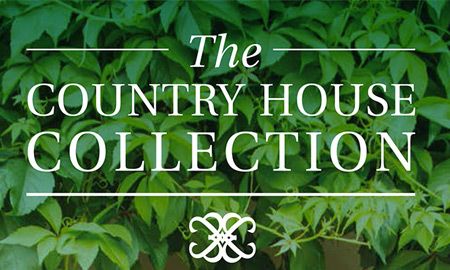
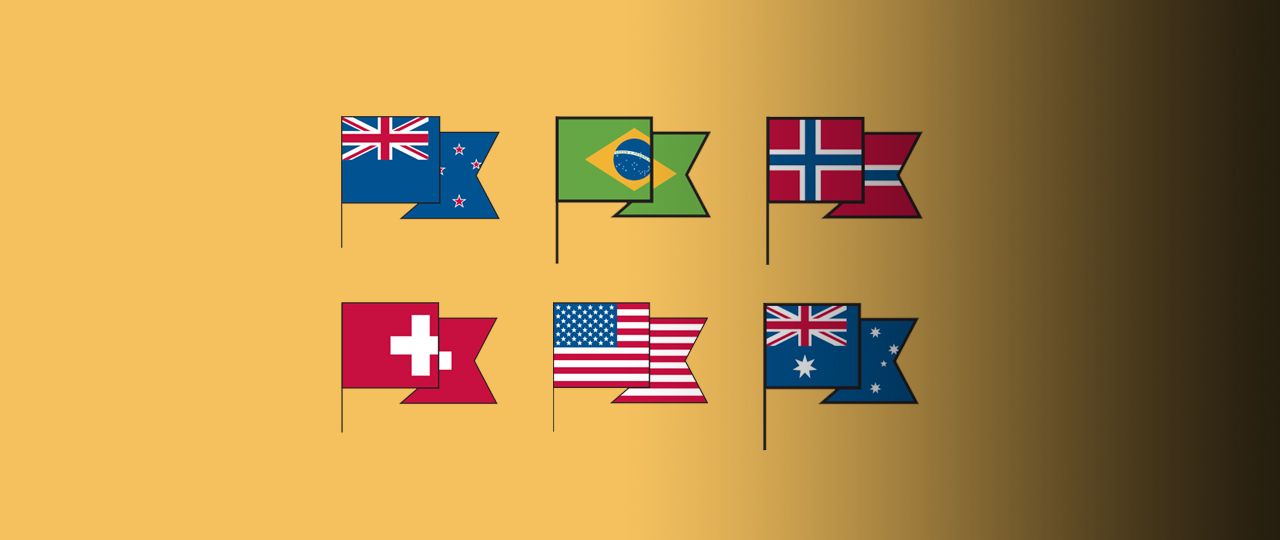
As post-Brexit farm subsidies move up the political agenda, we look at how other countries support their agricultural sectors.
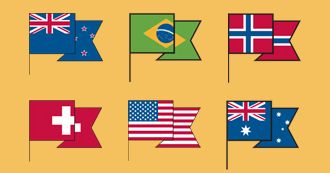
A history of zero subsidies still affects farming support
NEW ZEALAND
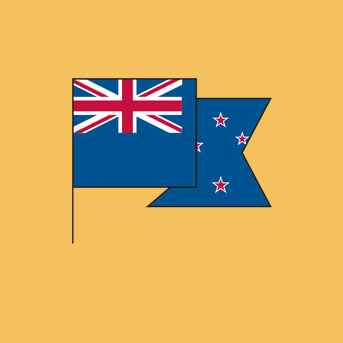
Having famously abolished subsidies in the 1980s, New Zealand does now support its farmers, although help is largely limited to expenditure on research and biosecurity. As a result, support levels are among the lowest of all OECD countries. Rather than universal payments to farmers, New Zealand targets specific areas such as promoting animal welfare, agri-innovation and sustainable production practices. Almost all agricultural production and trade is free from economic regulation and most prices are aligned with world market prices. Imports of fresh poultry and eggs are restricted on health grounds, so those markets are protected to a degree.
Loans and minimum prices help producers in slow markets
BRAZIL
 Three measures form the cornerstone of farm support: market price controls, credit facilities and subsidised crop insurance. The government guarantees minimum prices for a range of agricultural products and provides reduced-interest loans that help farmers keep products off the market until prices are in their favour. Despite Brazil’s size, support levels are low, but farmers have access to subsidised insurance schemes that compensate producers for losses from natural disasters.
Three measures form the cornerstone of farm support: market price controls, credit facilities and subsidised crop insurance. The government guarantees minimum prices for a range of agricultural products and provides reduced-interest loans that help farmers keep products off the market until prices are in their favour. Despite Brazil’s size, support levels are low, but farmers have access to subsidised insurance schemes that compensate producers for losses from natural disasters.
Farmers in Norway are among the world's most protected
NORWAY
 Agricultural support accounts for 60% of farm revenues – three times higher than the OECD average – with target prices for a range of products set during annual negotiations between the government and industry leaders. Border protection remains high and import tariffs for most products range from 100% to 400%, although they are reduced during designated ‘open periods’ when domestic prices rise above a given threshold. Prices received by Norwegian producers are on average 80% above world market prices. Farmers receive direct payments, including area and headage payments, as well as payments based on output. Exports are subsidised by the government.
Agricultural support accounts for 60% of farm revenues – three times higher than the OECD average – with target prices for a range of products set during annual negotiations between the government and industry leaders. Border protection remains high and import tariffs for most products range from 100% to 400%, although they are reduced during designated ‘open periods’ when domestic prices rise above a given threshold. Prices received by Norwegian producers are on average 80% above world market prices. Farmers receive direct payments, including area and headage payments, as well as payments based on output. Exports are subsidised by the government.
Domestic farmers assisted by import tariffs and quotas
SWITZERLAND
 Swiss farmers are protected by a system of import tariffs and quotas covering a range of products. But export subsidies for primary agricultural commodities were abolished in 2010. Even so, support accounts for 58% of farm revenues. Expenditure on production and marketing mainly supports dairy farmers, who receive payments for milk from cows fed on hay rather than silage, which is then processed into artisan cheese. Area payments are made to farmers who grow oilseeds, protein crops or sugar beet. Direct payments are also made to farmers who deliver public goods such as food security and high animal welfare standards.
Swiss farmers are protected by a system of import tariffs and quotas covering a range of products. But export subsidies for primary agricultural commodities were abolished in 2010. Even so, support accounts for 58% of farm revenues. Expenditure on production and marketing mainly supports dairy farmers, who receive payments for milk from cows fed on hay rather than silage, which is then processed into artisan cheese. Area payments are made to farmers who grow oilseeds, protein crops or sugar beet. Direct payments are also made to farmers who deliver public goods such as food security and high animal welfare standards.
Agricultural support is linked to market performance
UNITED STATES
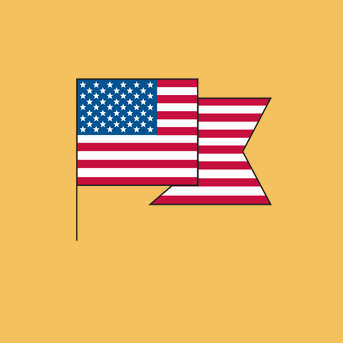 Support for farmers in the US is lower than average and has declined from 21% of gross farm revenue in the late 1980s to just 10.7% today. Support largely depends on market prices, with more provided when prices are low and less when prices are buoyant. For crops, a Price Loss Coverage programme pays out when market prices fall below an agreed level. Similarly, an Agriculture Risk Coverage programme makes a payment when farm revenue falls below a rolling average benchmark level. Subsidised crop insurance is available to producers to protect against losses in yield, crop revenue or whole-farm revenue. Producers also have access to area-based insurance. Other support includes direct loans for purchasing farmland.
Support for farmers in the US is lower than average and has declined from 21% of gross farm revenue in the late 1980s to just 10.7% today. Support largely depends on market prices, with more provided when prices are low and less when prices are buoyant. For crops, a Price Loss Coverage programme pays out when market prices fall below an agreed level. Similarly, an Agriculture Risk Coverage programme makes a payment when farm revenue falls below a rolling average benchmark level. Subsidised crop insurance is available to producers to protect against losses in yield, crop revenue or whole-farm revenue. Producers also have access to area-based insurance. Other support includes direct loans for purchasing farmland.
Financial incentives and tax breaks encourage investment
AUSTRALIA
 Farmers in Australia are strongly market orientated and support for agriculture represents just 1.3% of farm revenues, according to OECD figures. Producers receive no market price support, but they do receive tax concessions and other financial incentives to encourage investment. While there is no permanent farm subsidy scheme, the government provides support for research and development programmes that encourage productivity. Loan schemes and income support are also available during periods of hardship. Although Australia has negligible tariff protection on food imports, it does restrict agricultural imports from areas deemed to be at risk from pests and disease.
Farmers in Australia are strongly market orientated and support for agriculture represents just 1.3% of farm revenues, according to OECD figures. Producers receive no market price support, but they do receive tax concessions and other financial incentives to encourage investment. While there is no permanent farm subsidy scheme, the government provides support for research and development programmes that encourage productivity. Loan schemes and income support are also available during periods of hardship. Although Australia has negligible tariff protection on food imports, it does restrict agricultural imports from areas deemed to be at risk from pests and disease.
Read more
To find out more about Strutt & Parker's expertise in farming, visit struttandparker.com/farming.
This article originally appeared in Strutt & Parker's magazine, Land Business Autumn/Winter 2017. Read the full magazine here.
Publications




